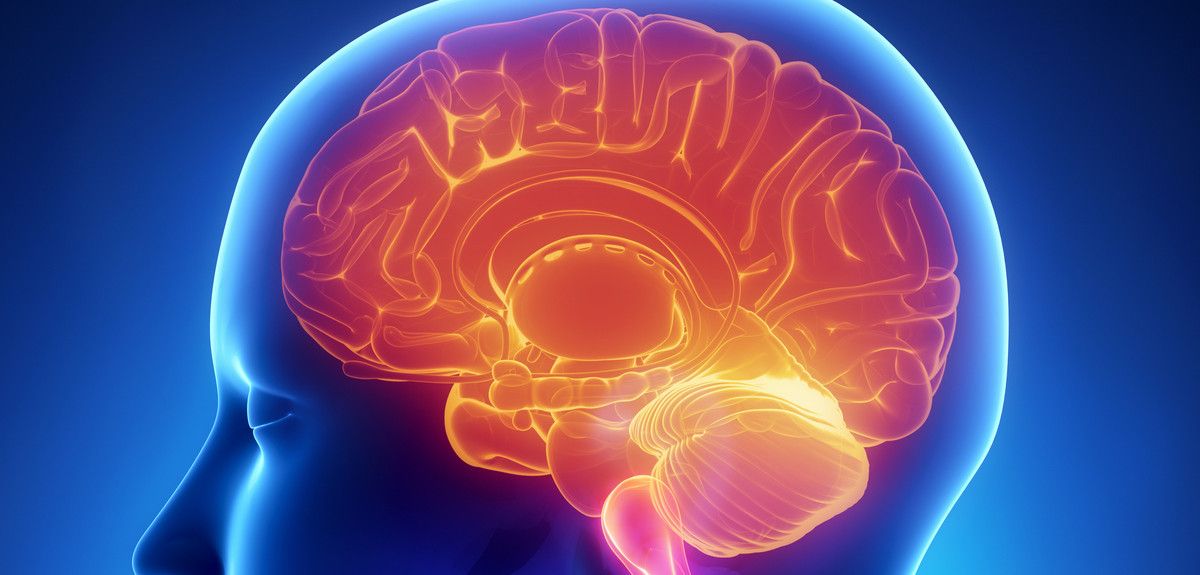
Credit: Shutterstock/CLIPAREA l Custom media. This image comes from Shutterstock
Protecting against brain injuries
Professor Antoine Jerusalem of Oxford University’s Department of Engineering Science explains how a better understanding of the physical mechanisms behind brain injuries can pave the way for novel therapies and new protective devices.
Blast-induced traumatic brain injury (bTBI) can lead to a range of debilitating conditions with lifelong consequences. It is a type of injury that has unfortunately seen a significant increase in recent terrorist attacks or conflicts such as in Syria, Iraq and Afghanistan, where improvised explosive devices have proved to have devastating effects on armed forces personnel and civilians.
While these conditions can clearly manifest themselves as neurodegenerative and neuropsychiatric disorders, the specific mechanisms that link the blast wave physics to the subsequent biological alterations in the brain have remained elusive.
Our research group seeks to understand the physical mechanisms governing brain tissue damage eventually leading to cognitive disorders, to develop better head protection against such blasts.
Through a unique collaboration with Prof. Shi from Purdue University in the US, our group has constructed computer models of rat and human brains to observe how a shockwave damages soft tissue, and how such damage correlates with post-injury oxidative stress distribution in brain tissues. In order to calibrate and validate these models, novel in vivo experiments coupling blast expositions to cognitive tests were conducted in Purdue.
This approach was then applied to a human head model where the prediction of cognitive impairments was shown to match up with the injuries that individuals have been observed to incur.
This novel approach has already created new opportunities. In particular, the mechanical insights from this work have been directly leveraged to propose a new design for helmets, filed as a patent.
The full paper, ‘Cognition based bTBI mechanistic criteria; a tool for preventive and therapeutic innovations,’ can be read in the journal Scientific Reports, in open access. The resulting computer models are also made available.